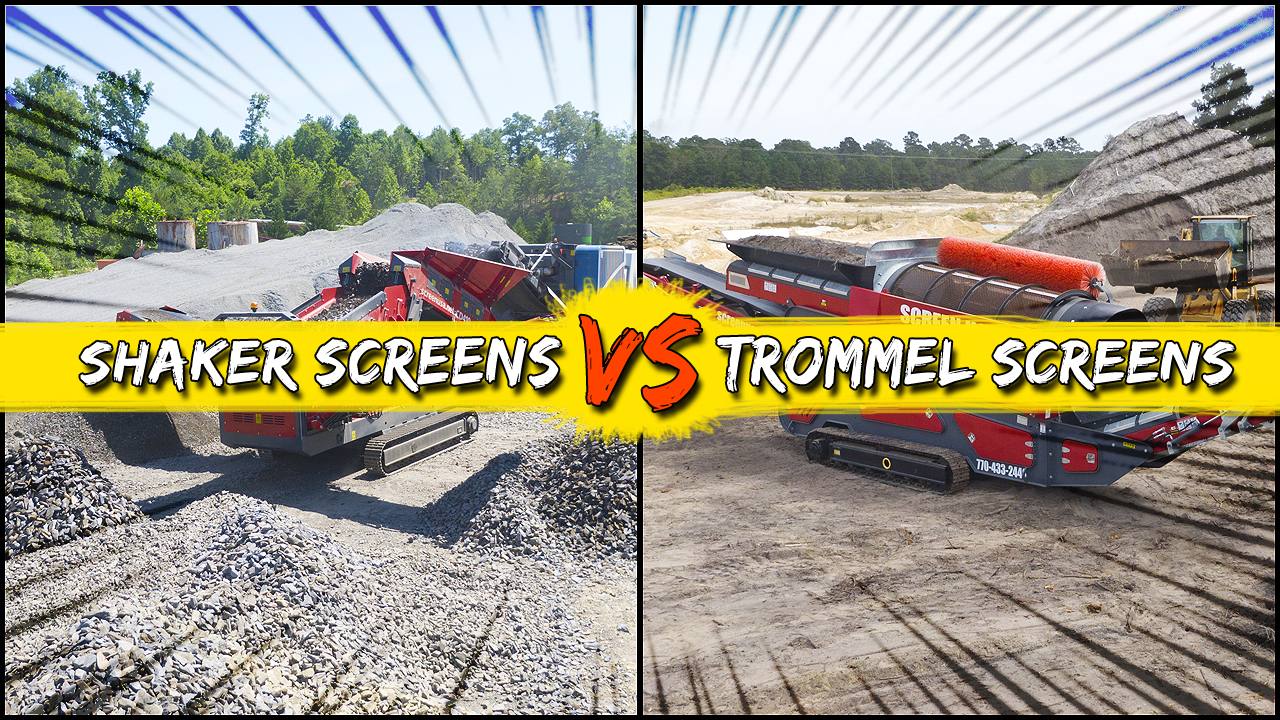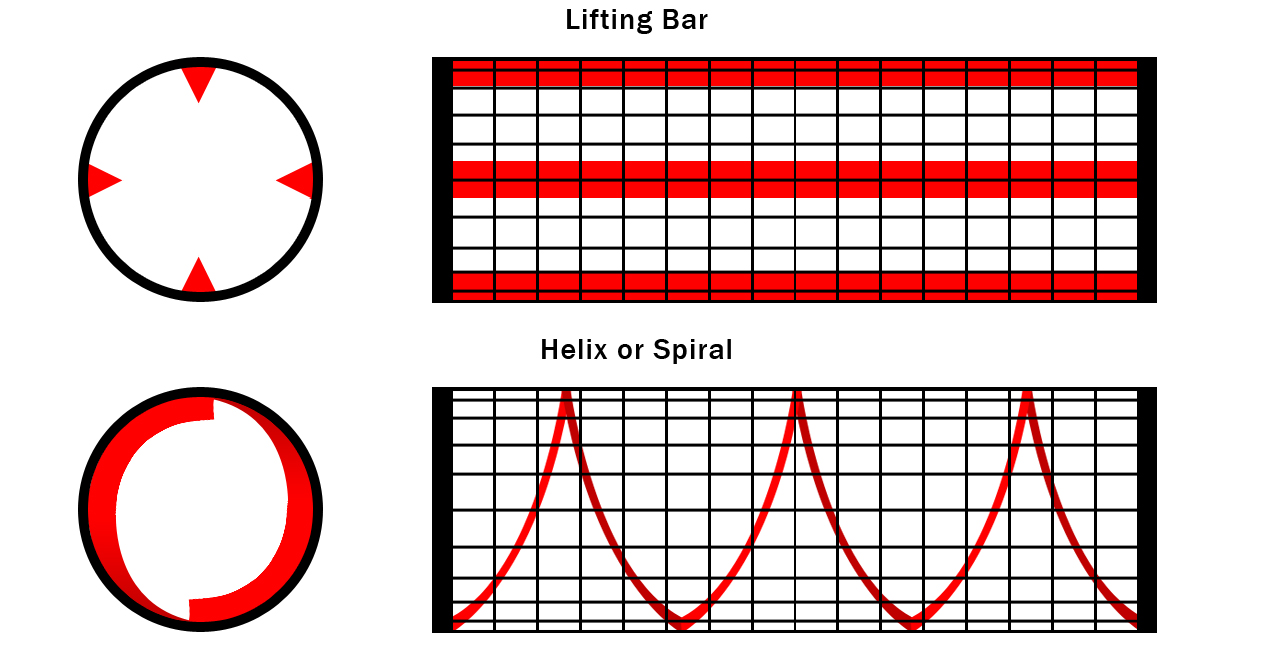
The question of shaker or trommel for topsoil dates back many years, but over the past two decades the shaker screen category has expanded and trommel screens have changed, so let’s see where they all stand now.
SHAKER SCREENS
There are three types of shaker screens typically found on portable equipment.
Sand and Gravel Screeners
These can screen topsoil. These machines have a hopper (with a tipping grizzly) that feeds the material onto a transfer conveyor that goes up and discharges onto a two-deck shaker screen. The shaker screen has minimal throw on the shaft (3/32” to 1/4”) and the screen shaft spins at a higher rpm. This creates a great environment for screening sand and gravel and works well on sandy loam topsoil, but it does not work well on sticky topsoil or topsoil with stringy roots.
Severe Shaker Screens
Sever Shakers have been around for 20+ years; these machines have a feeder (normally no grizzly) that feeds the material DIRECTLY ONTO THE SHAKER SCREEN. Unlike the Sand & Gravel shakers, this shaker screen has a 3/8” to ¾” throw on the shaft and the rpms are considerably slower. This creates a “severe shake” allowing it to process stickier and root mat material. This style machine is normally heavier duty and can also handle larger wood and rocks.
High frequency screeners
These are designed to screen real fine material, and not commonly used to screen topsoil because the technology and cost to operate are significantly more expensive than traditional shaker screens.

TROMMEL SCREENS
There are two different styles of trommel screens on the market.
Trommel Screen with lifting bar drums:
This style trommel screen has 4-6 pieces of structural steel angle or channel that runs the length of the trommel screen. These lifting bars lift up the material so it is agitated, and allows for the best separation. Lifting bars are excellent for breaking up clumpy soil.
Trommel Screen with helix drums:
A helix, or spiral type screw, does not agitate the material as much compared to lifting bars; however, it has the advantage of yielding a cleaner material when screening organics and rooty topsoil.

So the answer depends on your application, as it often does. If the topsoil is bony and has large wood and rocks in it, I would tend to go with the severe shaker screen. If the material is typical topsoil with small rocks and organics (sticks, etc), I would recommend the trommel screen with lifting bars. If there are tons of roots I would use the helix drum trommel screen. Feel free to contact us for assistance on your particular application.
See our current New & Used selection of each screener: Shaker Screens & Trommel Screens
